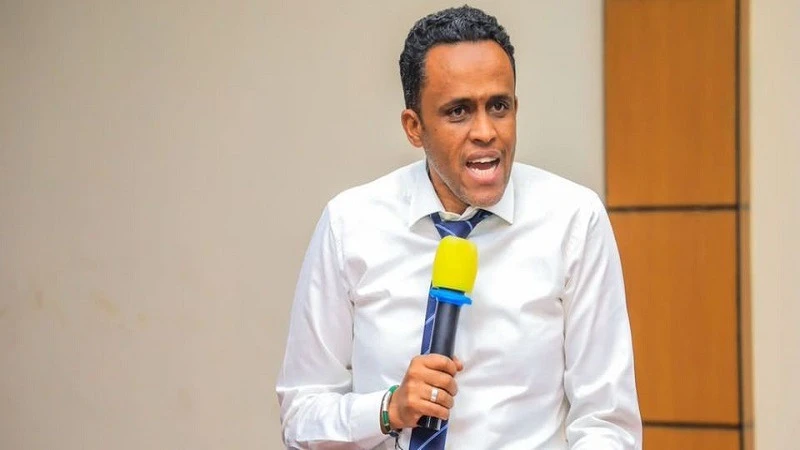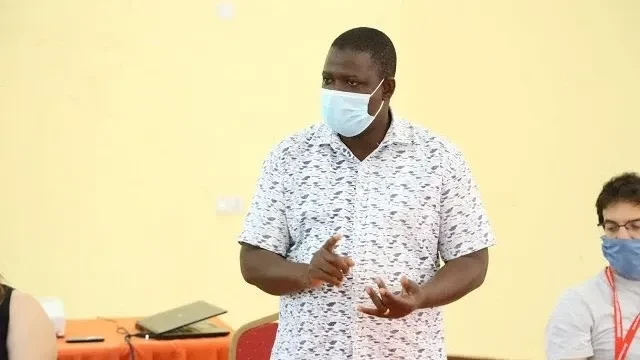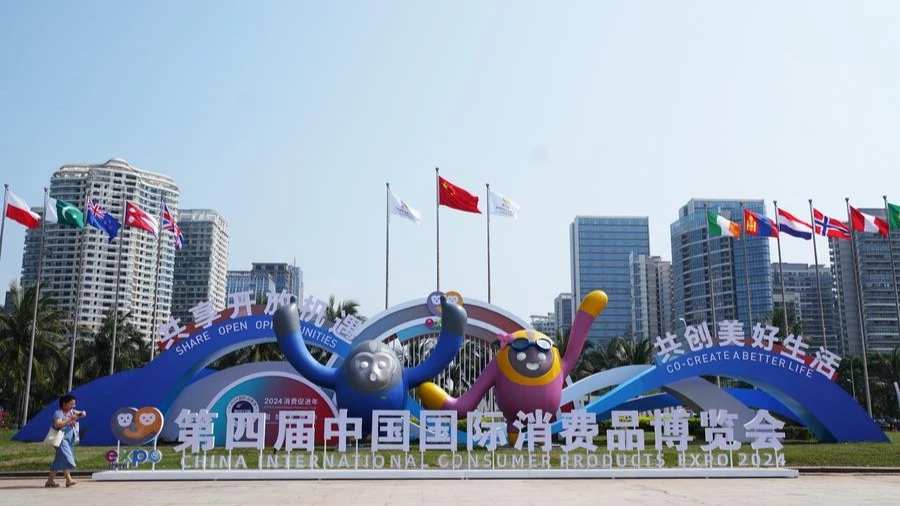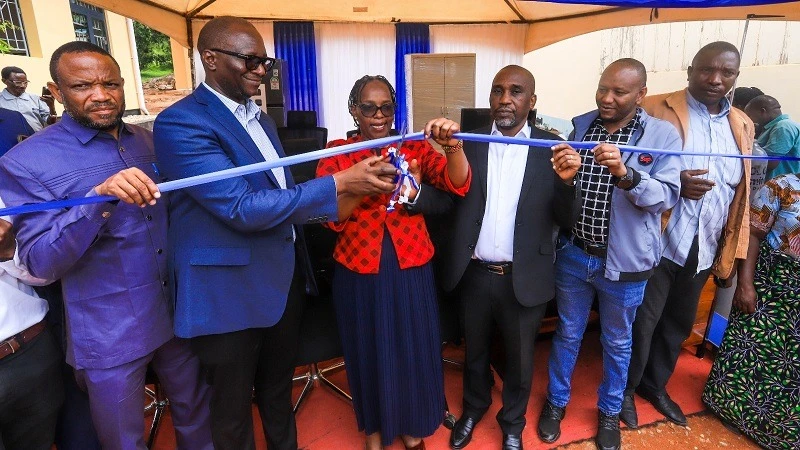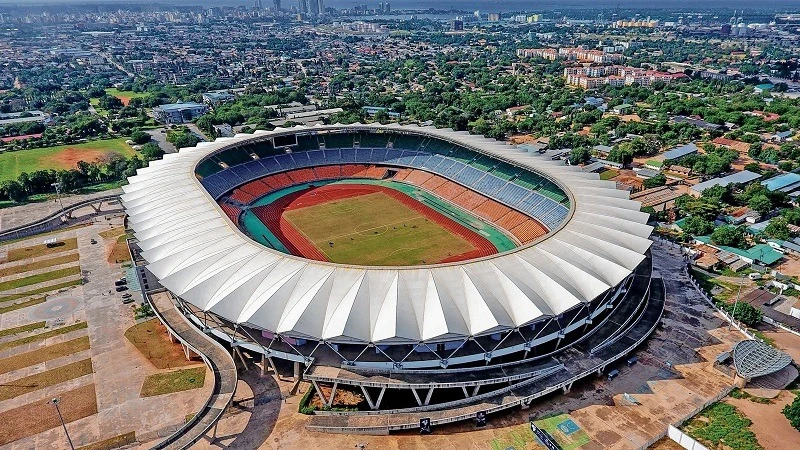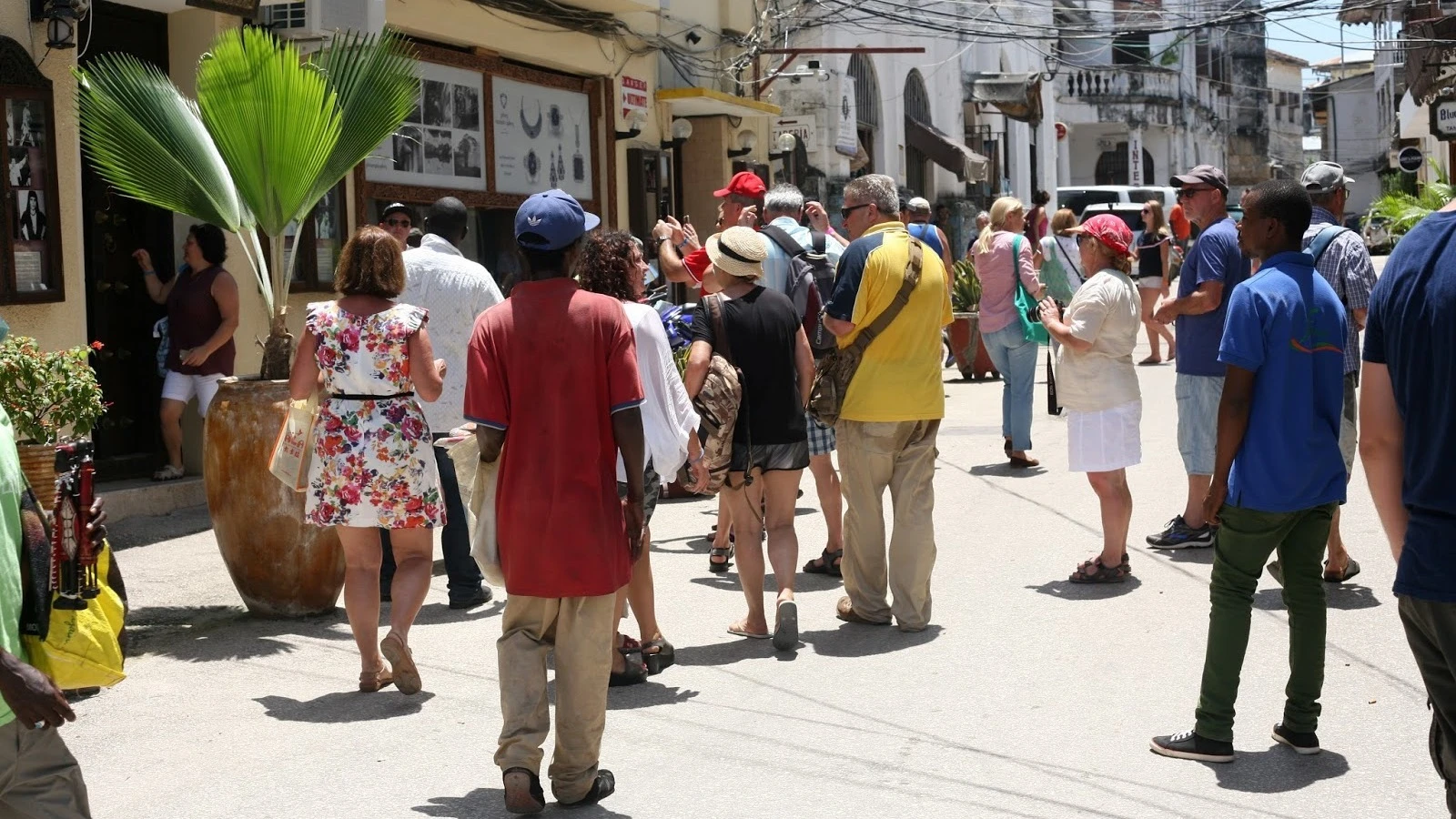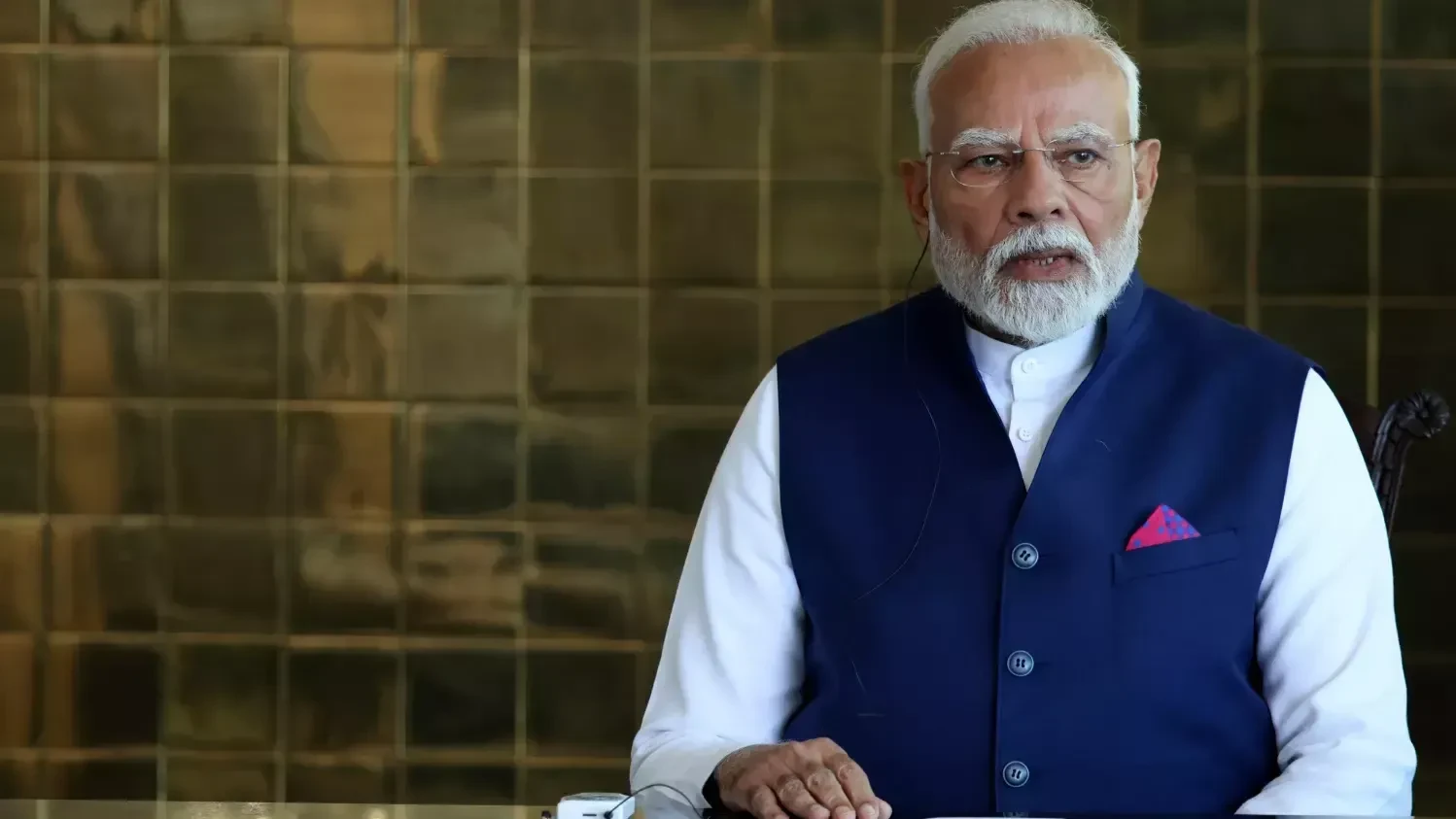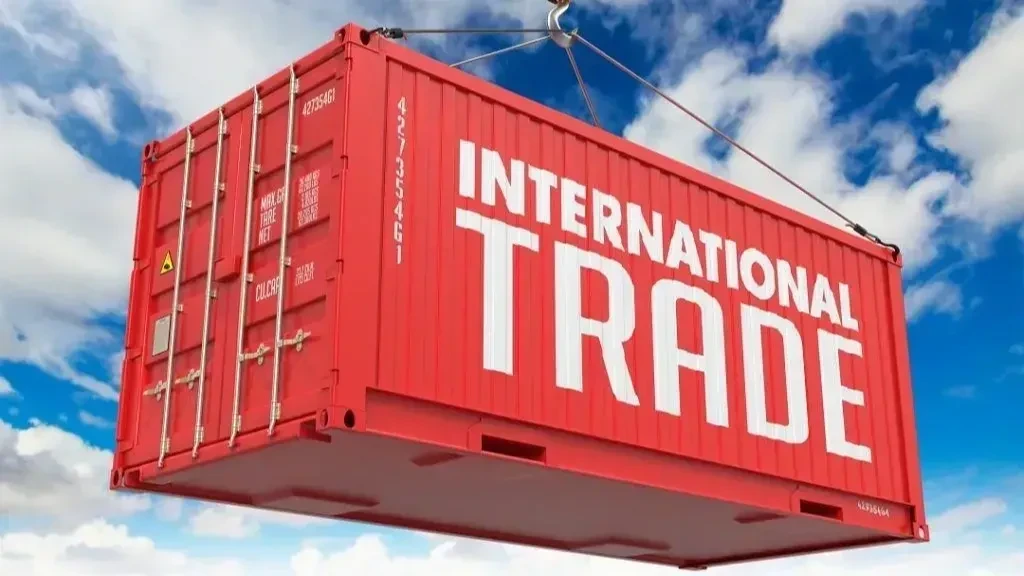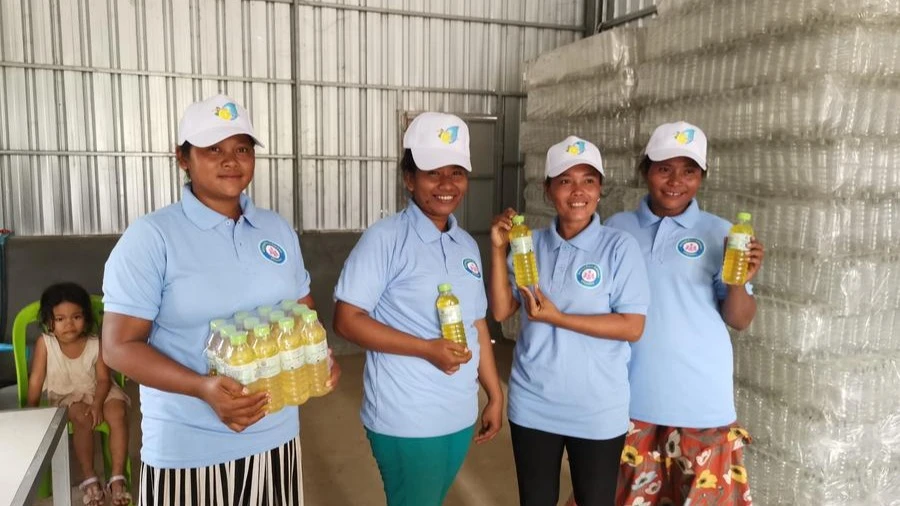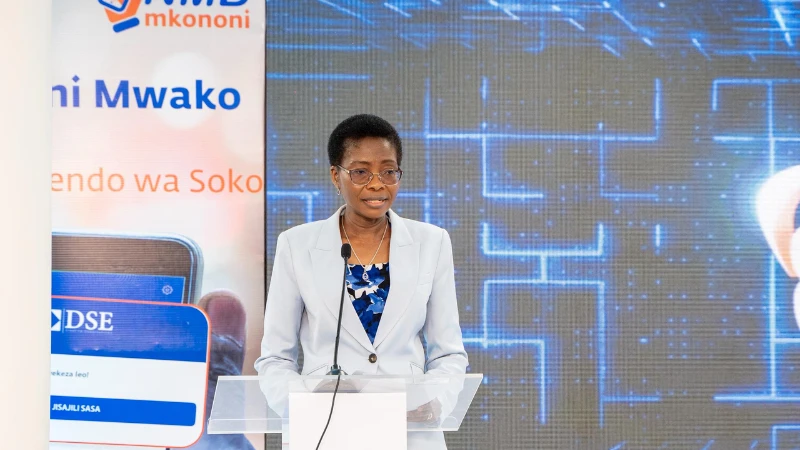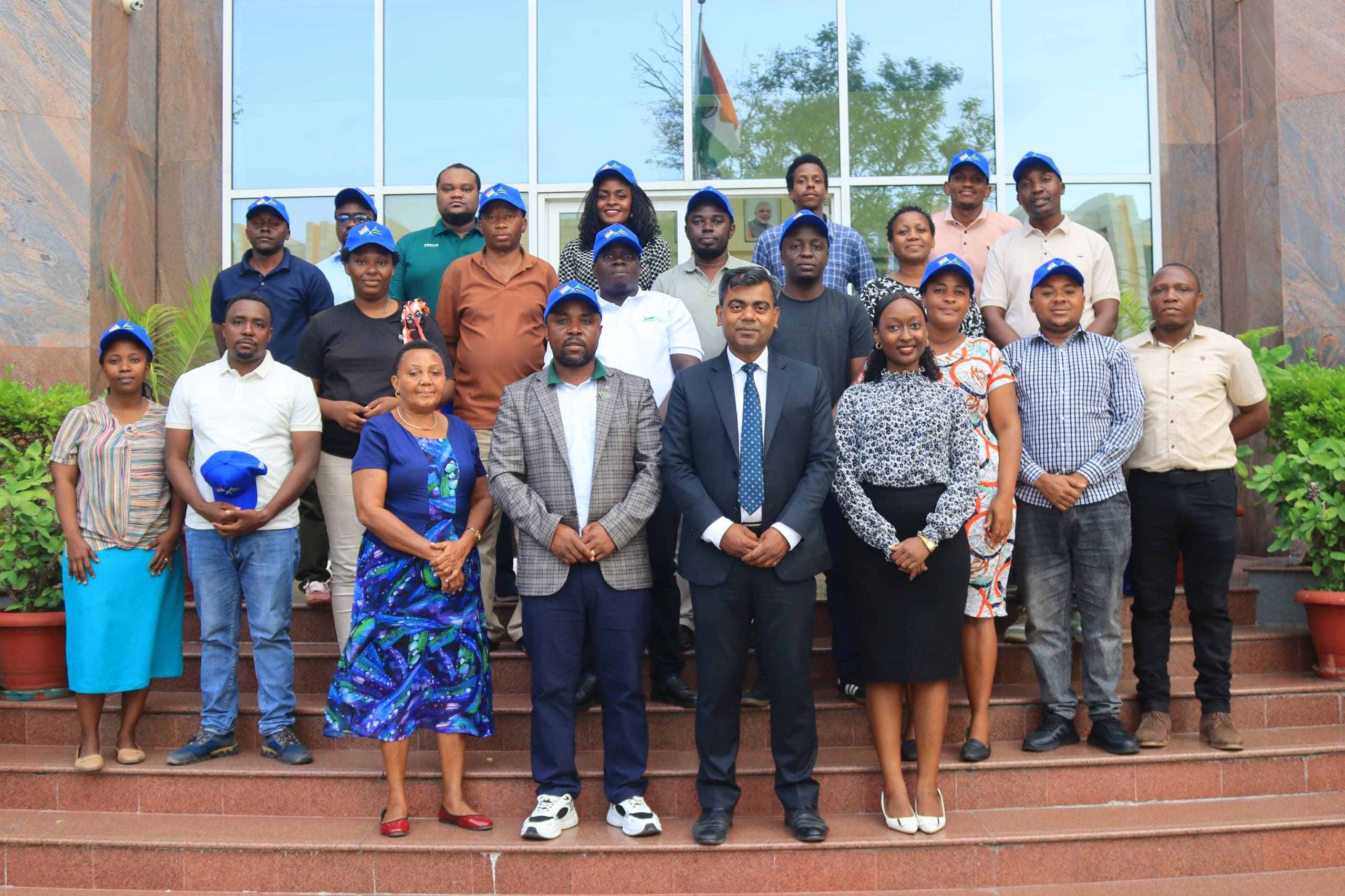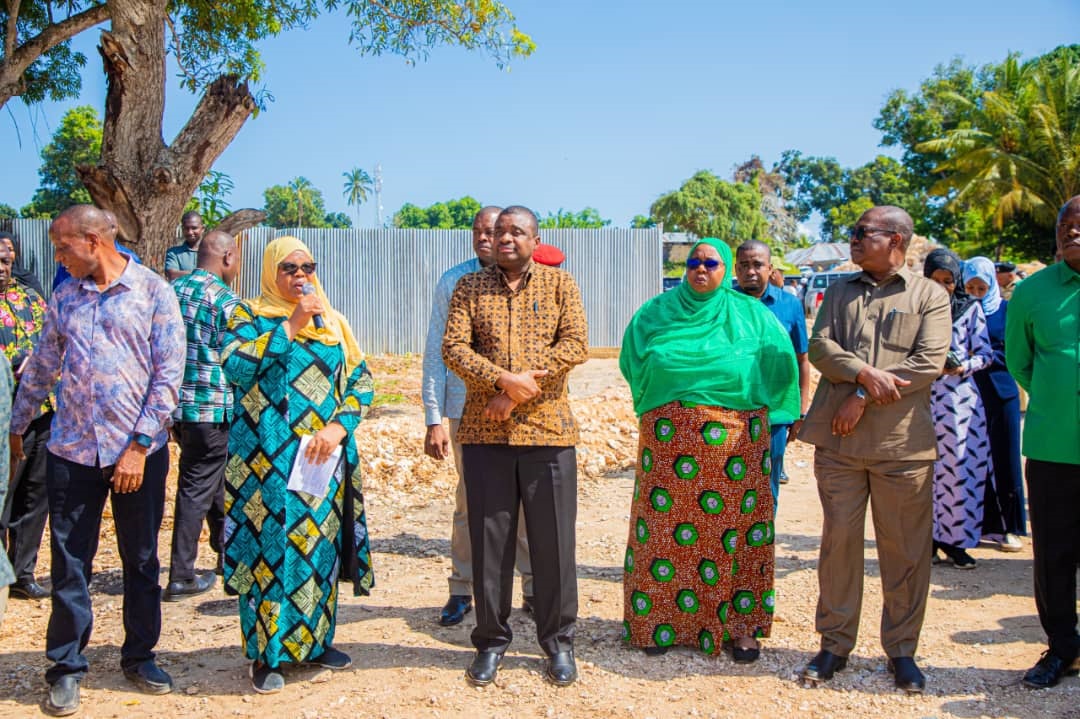Dar becomes chemical imports regional centre
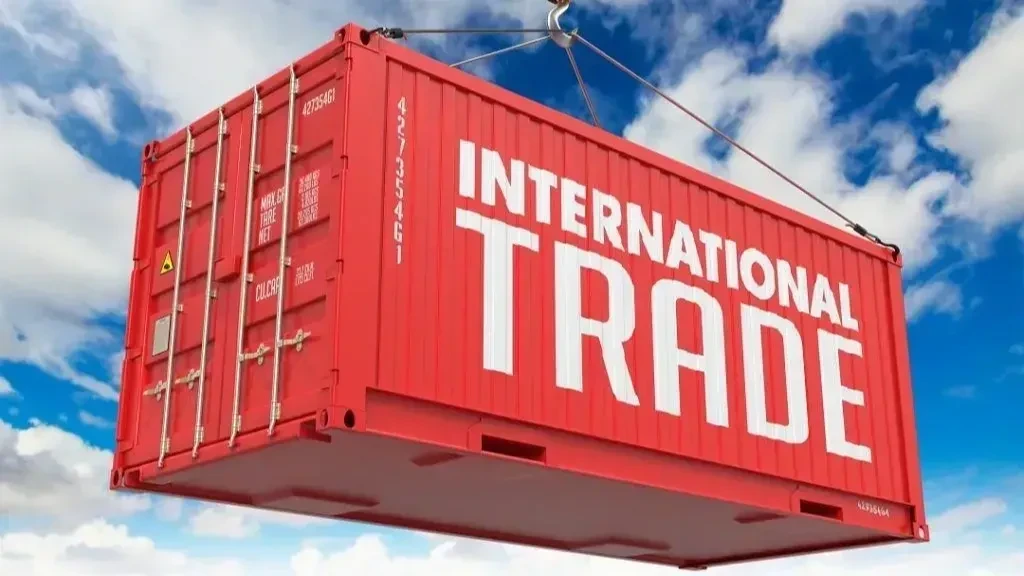
STRATEGIC investments in Dar es Salaam and Tanga ports have catapulted Tanzania into a rising regional hub for chemical exports, unlocking record volumes of trade and driving significant revenue to the national treasury.
Dr Fidelice Mafumiko, the chief government chemist, said in a briefing yesterday that over the past four years the Government Chemist Laboratory Authority (GCLA) has contributed 4bn/- to state coffers from its regulatory and testing services.
This growth reflects Tanzania’s expanding role in the global and regional chemicals supply chain, as revamped port infrastructure has attracted increasing volumes of strategic chemicals destined for mining operations in Zambia, the DRC and beyond.
There was a massive 241 percent increase in the export of ammonium nitrate via Tanga port—from 135,445 tonnes in 2021/22 to 461,777 tonnes by June 2025, he said, affirming that Tanga now handles over 80 percent of the country’s ammonium nitrate imports for local and transit use. This reaffirms its growing importance as a logistics corridor, he said.
Dar es Salaam port has seen a similar boom in chemical transit, as sulphur imports skyrocketed from 396,982 tonnes to 1.86m tonnes—a 370 percent jump—while sodium cyanide imports climbed 52 percent, all within the same four-year window, he specified.
“This growth is a direct outcome of improved port capacity and streamlined chemical clearance procedures,” he stated, explaining that GCLA’s presence at the ports ensures safety and compliance with regulations, while enabling a smooth flow of high-risk materials critical to regional industries.
Sodium cyanide passage through Dar port has increased from 41,461 tons in the 2021/22 financial year to 63,103.4 tons by June 2025, close to 50 percent increase, with the strategic chemicals business significantly stimulating the growth of GCLA annual revenue, he said.
During the past four years scientific laboratory testing of samples has increased from 155,817 samples in the 2021/22 financial year to 188,362 samples in the 2023/24 financial year, a 21 percent increase.
During the 2024/25 financial year, from July last year to May 2025, a total of 175,561 samples were tested, equivalent to 92 percent of the 191,420 samples target, on account of increased awareness of stakeholders and the quality of testing services. “This increase was also due to cooperation between the authorities and government regulatory institutions,” he said.
Scientific laboratory testing has played a significant role in supporting criminal justice decision-making, he said, citing ascertaining the legitimacy of parents for children and the resolution of disputes related to inheritance.
Other matters include identification of bodies of victims badly damaged in disasters including marine accidents, vehicles, building collapses, fires, and plane crashes.
He asserted that the government has enabled the authority to purchase modern machinery and equipment to continue improving scientific laboratory services.
Investment in the purchase of laboratory equipment has increased by 23.6 percent, from 13.6bn/- in the financial year 2017/18 to 2021/22 to reach 17.8bn/- for fiscal 2024/25, with 16 large machines and 274 smaller pieces.
GCLA succeeded in obtaining accreditation in laboratory testing competence (ISO 17025:2027) in six of its laboratories for human genetics, microbiology, forensic science, toxicology, environment and the food laboratory, he specified.
Top Headlines
© 2025 IPPMEDIA.COM. ALL RIGHTS RESERVED


